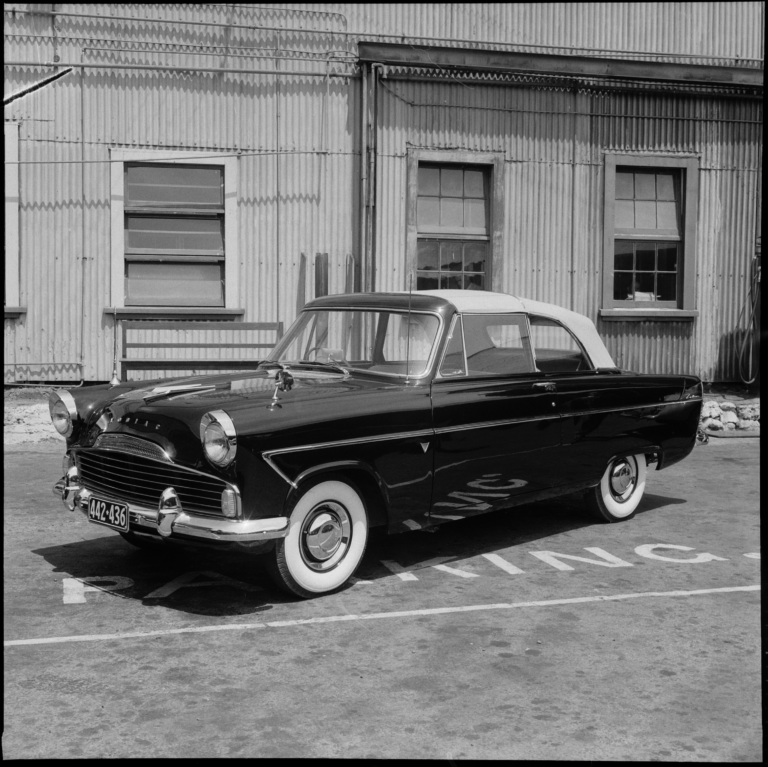When an ‘oops’ needs serious attention

Not all Behind The Garage Door projects are major, body-off-type restorations. Sometimes a small accident is just as annoying as something major. If your classic car has already undergone a major restoration or has never needed one because it is already in pristine condition, a minor-damage accident is not something to be taken in a minor way.
Ace Panel and Paint in Whitianga has just such a situation to deal with now. The pictured XJS has only done 22,000km, and, recently, the owner managed to run into the back of another XJS on an outing. A touch embarrassing to say the least.
The car has needed bonnet, headlight, and other front-end repairs. Repairing that and getting everything to align again is not a job for someone who doesn’t understand the concept of repairing rather than just replacing parts. Getting everything back into line and making the repaired car look as good as a new car takes time, often more time than a small and specialist panel shop can charge for.
Bruce Hayes, of Ace Panel and Paint, says that, on a job like this, when an insurance company would be looking to, “just bolt the parts on”, he would rather take the time to sit down and do it carefully, using the correct parts. He enjoys doing it and enjoys the challenge of repairing rather than replacing, and says that frequently he’ll have spent more time than he can charge for, simply because he wants the repair to be faultless. Fortunate the owner of this XJS then.




